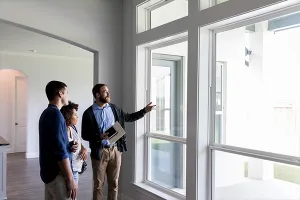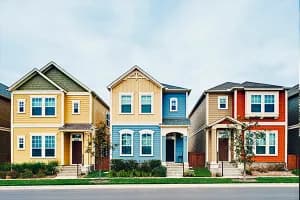This is a guest blog post by Hugh Morris, NAR's Manager of Smart Growth Programs.
On October 31st, NAR’s Smart Growth Program released the latest version of its Consumer Preference Survey, which aims to shed light on the characteristics that people desire in their neighborhood and the trade-offs folks are willing to make to live in that preferred setting. At its core, the survey pits a traditional suburban community with separated-land uses necessitating driving to destinations vs. a smart growth community with a mix of land uses where walking, biking, and transit are viable for most trips. We also asked a battery of questions on various transportation modes and the respondents' use of these modes and inclination to fund various modes.
The lead story out of the survey: 60 percent of respondents favor a neighborhood with a mix of houses and stores and other businesses that are easy to walk to, rather than neighborhoods that require more driving between home, work and recreation.
Many Americans see the benefits of both a single-family detached house as well as a walkable neighborhood. There is a desire for the closeness and convenience that come from communities where walking is easy, and errand and commute times are short. On the other hand, Americans overwhelmingly prefer to live in single-family, detached homes – even if that means driving more and a longer commute to work. Specifically:
- A majority of respondents prefer houses with small yards and easy walks to schools, stores and restaurants over houses with large yards where you have to drive to get to schools, stores and restaurants (55 percent to 40 percent).
- An even larger majority prefers houses with smaller yards but a shorter commute to work over houses with larger yards but a longer commute to work (57 percent to 36 percent).
- However, when given a choice between a detached, single-family house that requires driving to shops and a longer commute to work and an apartment or condominium with an easy walk to shops and a shorter commute to work, a strong majority prefer the single-family home even with the longer commute (57 percent to 39 percent).
With the scars of the recession still fresh, Americans place a higher priority on the availability of affordable housing than in our 2011 survey (+8 points, from 51 to 59 percent "high priority") and housing opportunities for people with moderate and low incomes (+11 points, from 46 to 57 percent "high priority").
The graphs below present other key findings; for the full report visit: Consumer Preference Survey











